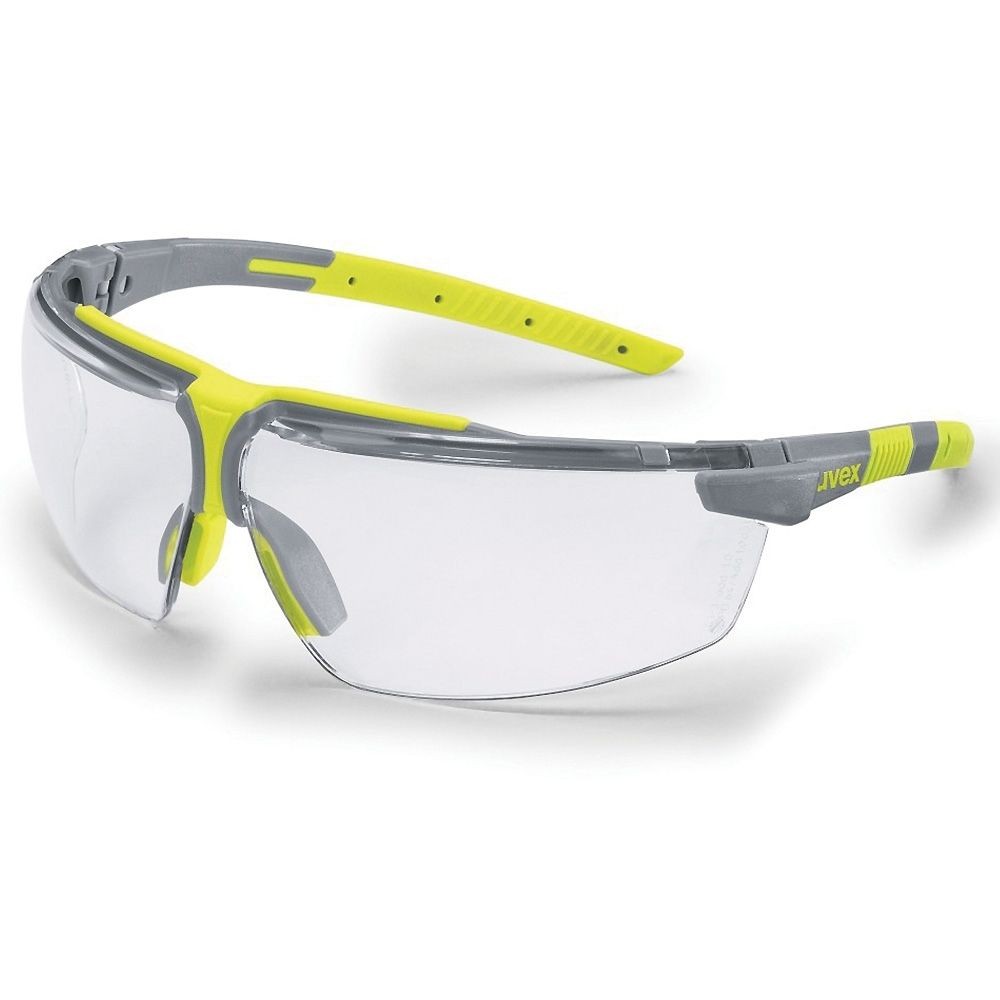I know that optical prescriptions are very confusing things and it may seem overwhelming transcribing the details from yours onto the order form. I thought if I explained what your prescription actually entails it might make it easier. It should be noted that we do recommend that you email us a copy of your prescription so that we can verify that you have input the details correctly.
It is broken down into right and left eyes, sphere and cylinder (cyl), axis and add along with various other components that will be explained in more detail.
Sphere (sph) is the power of the lens, that is either plus or minus depending on whether you are long or short sighted. It is important when you are inputting this detail to make you have the sign correctly transposed (+ or -). It should also be noted that it is possible to have plano or 0.00 written in the sphere component as you may just require an astigmatism correction or an add to help with reading.
Cylinder (cyl) is only present if you require an astigmatism correction in your glasses. Therefore it is not present in all prescriptions. But when it is present it generally has a minus sign in the front of it and this should be transcribed correctly as well.
NB. Astigmatism results from the curvature of your cornea not being spherical or the lens within your eye not being spherical and the light going through your pupil (the black circle in the middle of the coloured bit of your eye) and being scattered away from the macula area. This results in blur around the edges of things – though when corrected it sharpens the edges up nicely.
Axis this corresponds to the degree (0-180) number on your prescription that the cylinder correction will be aligned. The number can only be between 0 and 180.
Prism now this is a tricky one and isn’t used frequently. Prism can be used for people that have double vision otherwise known as diplopia to make what they see only one picture. It can also be used to help align the images if there is some fatigue or palsy with the extra ocular eye muscles. As we don’t have a spot to put prism you should just add it in the notes and email us a copy of your prescription.
Add this is called addition in optics as this is the magnification value that is added onto your distance prescription. This number is only present when you require a different prescription for reading than you have for viewing in the distance. When you have an addition it is important to understand where it has been set for. An example is when you see your optometrist if you like reading further away than 40cm please mention this, as not all optometrists will ask where you would like to read. Another thing to note is that if you get single vision near glasses only, you will not be able to walk around in them, nor see in the distance. Which can be quite dangerous for safety glasses. Also the most common problem patients report with ‘reading glasses’ is that they can’t see the computer with them or they have to sit too close to the screen.
This brings us to:
Intermediate Add (Int) – this is a special addition for people who require glasses mainly to focus on working at an arms length. Be it computer, welding, workshop or machining. Single vision lenses made with this add are generally set for an arms length. Though it should still be noted that the lenses aren’t clear for the distance and you still can’t walk around in them.
Pupil Distance (PD) is the distance between the pupils (left and right). This number is measured in millimeters and generally ranges from 55-70mm. Occasionally it is measured monocularly, individually for each eye, the center of the pupil to the middle of the bridge of the nose. This can be a really handy measurement if you have a difference in the positioning of your eyes laterally.
You can measure your own pupil distance using a ruler with millimeter graduations and a mirror. You measure from the outside edge of one pupil to the inner edge of the pupil in the other eye. Alternatively you could always email us a selfie/photo with a ruler or a credit card (with the numbers facing towards you) on your forehead. If this seems a bit too hard there are a few free Apps that enable your smart phone’s to measure your PD for you.
Occasionally the optometrist may have indicated on the prescription what type of lens they would recommend you have.
Some examples include:
Single vision distance or single vision near both of these lenses have a single prescription and are the cheapest type of lens.
Bifocal lenses have the distance prescription in the top of the lens and a area of reading prescription in the lower portion of the lens. This reading area has a line around it, generally shaped like a letter D on its side.
Progressive, multi-focal and varifocal lenses are all different names for the same thing. A lens that has 3 different prescriptions ground into the back of it with no lines on the front and it gradually changes from the distance down to reading in the bottom of the lens.






